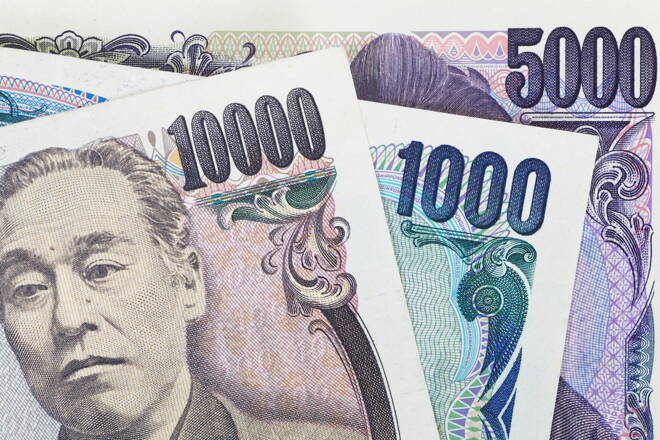Advertisement
Advertisement
Trade Deal Caution: Yen Firms; Kiwi, Aussie Trade Flat to Lower
By:
Although the negative headlines drove the price action early in the week, by the end of the week, they really didn’t matter after Gao Feng, China’s Ministry of Commerce spokesman said, “external rumors” about trade talks are not accurate, and noted the two trade delegations remain in close communication.
The Asia Pacific currencies – Japanese Yen, Australian Dollar, and New Zealand Dollar – finished mixed last week. Uncertainty over the U.S.-China trade deal had an influence on the price action of all three, some more, some a little less. The direction was also impacted by U.S. economic data, domestic data and central bank comments.
U.S.-China Recap
Two-sided headlines dominated the trade early to mid-week, producing volatile price action, but at the end of the week, conditions had calmed. Nonetheless, there is some uncertainty in the air, encouraging investors to remain a little cautious.
The negative headlines ranged from trade talks stalling due to President Trump’s reluctance to rollback tariffs, to Trump’s threat to raise tariffs, to worries that a deal may be delayed until early next year. Traders were also concerned that China would walk away from the negotiation table over U.S. legislation supporting pro-democracy protesters in Hong Kong.
Although the negative headlines drove the price action early in the week, by the end of the week, they really didn’t matter after Gao Feng, China’s Ministry of Commerce spokesman said, “external rumors” about trade talks are not accurate, and noted the two trade delegations remain in close communication.
Shortly afterwards, there was a report that China invited the U.S. trade delegation to Beijing for face-to-face talks. President Trump then told Fox News both sides were “very close,” and Chinese President Xi Jinping told a visiting U.S. business delegation that China holds a “positive attitude” toward the trade talks.
Japanese Yen
Japan logged a goods trade surplus for the first time in four months in October after a plunge in imports amid falling crude oil and other commodities prices more than offset a drop in exports, according to government data.
Bank of Japan (BOJ) Governor Haruhiko Kuroda said the central bank has room to deepen negative interest rates, but he signaled there were limits to how far it can cut rates or ramp up stimulus.
Last week, the USD/JPY settled at 108.652, down 0.133 or -0.12%.
Australian Dollar
The Reserve Bank of Australia (RBA) minutes from its monetary policy meeting on November 5, revealed the Board was mindful that rates were already low and that each further cut brings closer the point at which other policy options come into play.
Traders read the summary to mean the central bank might stand on the sideline for some time. However, the minutes revealed that the members remained concerned about sluggish economic developments despite previous rate cuts.
The AUD/USD settled at .6786, down 0.0035 or -0.51%.
New Zealand Dollar
The New Zealand Dollar traded mostly flat last week as investors seemed to shrug off the latest developments over the trade deal. The price action also suggests that the major banks still haven’t figured out the next move by the Reserve Bank of New Zealand (RBNZ) after central bank policymakers surprised the markets by keeping rates on hold at the policy meeting on November 12.
Putting a lid on the Kiwi were comments from the RBNZ and the RBA which traders took to suggest both are more dovish than previously thought.
RBNZ Assistant Governor Christian Hawkesby reiterated that the economy was in good shape but the Bank was prepared to ease again if needed. Hawkesby highlighted the importance of the global outlook to the Bank’s policy deliberations.
Last week, the NZD/USD settled at .6405, up 0.0003 or +0.04%.
About the Author
James Hyerczykauthor
James Hyerczyk is a U.S. based seasoned technical analyst and educator with over 40 years of experience in market analysis and trading, specializing in chart patterns and price movement. He is the author of two books on technical analysis and has a background in both futures and stock markets.
Advertisement
